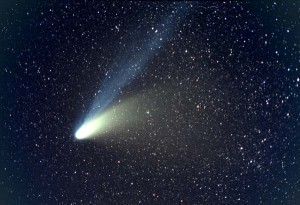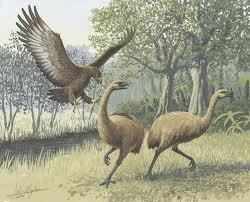Largest Comet
C/1729 P1 or Comet Sarabat is considered as the largest comet ever to be seen. Also referred to as the Comet of 1729, it is a non-periodic comet possessing an absolute magnitude (the unit of measurement for the intrinsic brightness of a celestial body) of -3, which is the brightest that a comet has ever been observed.
Comet Sarabat was named after its discoverer Father Nicolas Sarabat, an 18th century French scientist and mathematician. Father Sarabat discovered the comet one morning in the southern French city of Nimes on August 1, 1729. He was observing the Equuleus constellation when he noticed an object which resembled a faint, nebulous star. However, he was not sure at the time if the object was indeed a comet or if it was a part of the Milky Way, and the moonlight obstructed Sarabat from further observing it until August 9. Eventually, Sarabat recovered the object, and after trying to identify its motion without the benefit of any measuring apparatus, he concluded that he had in fact discovered a comet.
Word of the comet’s discovery would reach French astronomer Jacques Cassini in Paris. Though Cassini did confirm the position of the comet, he was surprised that it had moved very little since the time it was first observed almost a month past. Cassini would continue to observe the comet until January 18, 1730, and by then, the position of the comet had moved over to Vulpecula, a faint constellation in the northern sky. It was an unusually long observation period for a comet; however, it did not rise above an apparent magnitude (the measure of a celestial object’s brightness as seen by a viewer from the Earth) of 3-4.
English astronomer John Russell Hind would later compute the orbit of the comet in detail, and found it to be rather unusual. It had a large perihelion distance of 4.05054 astronomical units (AU), which is just inside the orbit of the planet Jupiter. In spite of this, the comet became visible to the naked eye, even though just faintly, and would remain visible for a total of 6 months. This would indicate that the intrinsic brightness or absolute magnitude of the comet was extraordinarily high, potentially as high as -3.0. This then makes it highly probable that the so-called Comet of 1729 was an extremely large object, perhaps the largest comet ever observed, having a cometary nucleus (the central part of a comet) in the region of 100 kilometers (km) in diameter.





